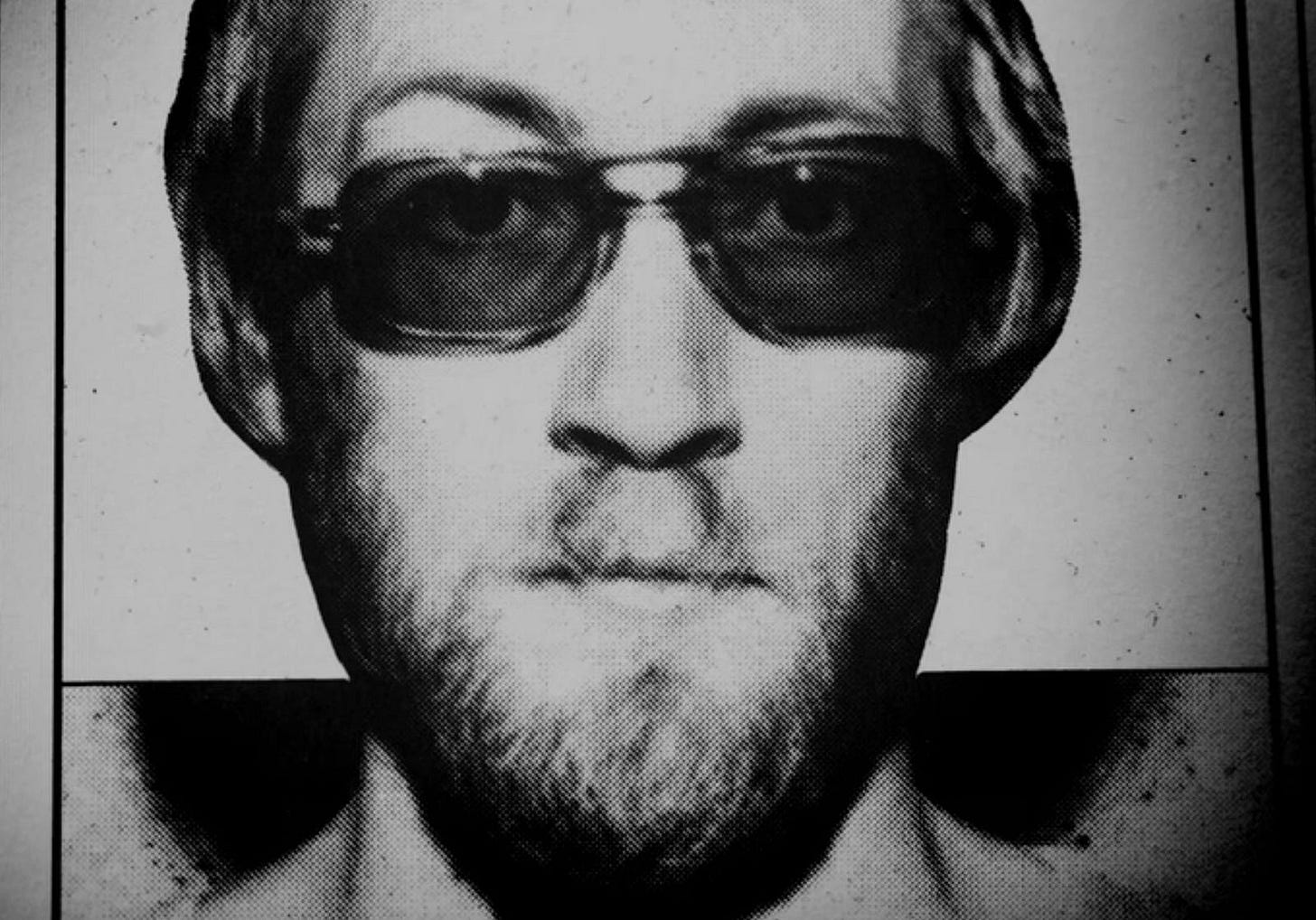The British Contract Killer Who Should Never Have Been Caught
No bodies or murder weapon was ever found, so how was he brought to justice?

John Childs, also known as Bruce Childs, is a British hitman and serial killer. He was convicted in 1979 of a series of contract killings. No bodies were ever fou…


